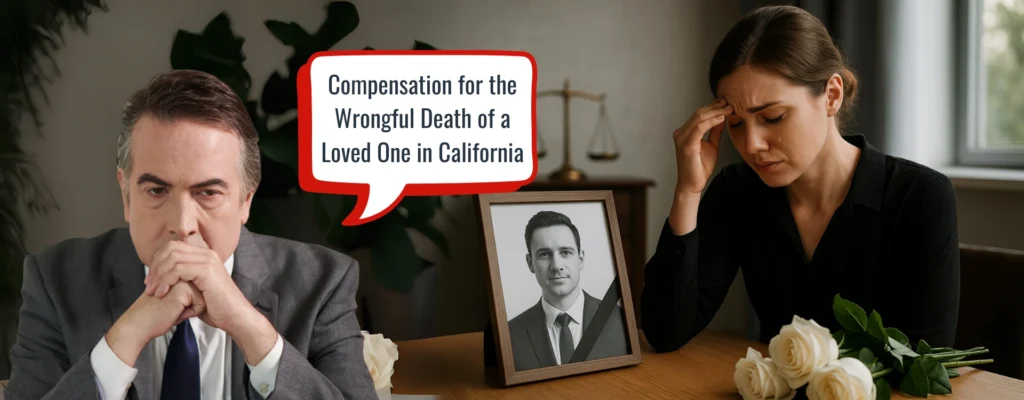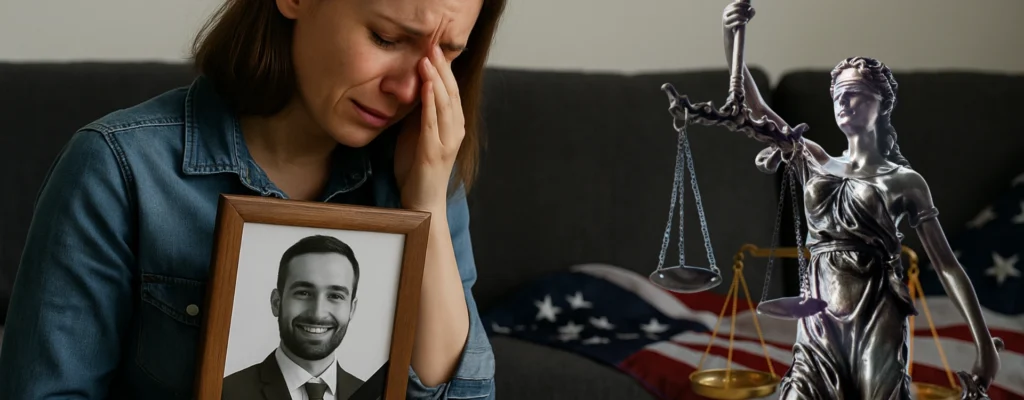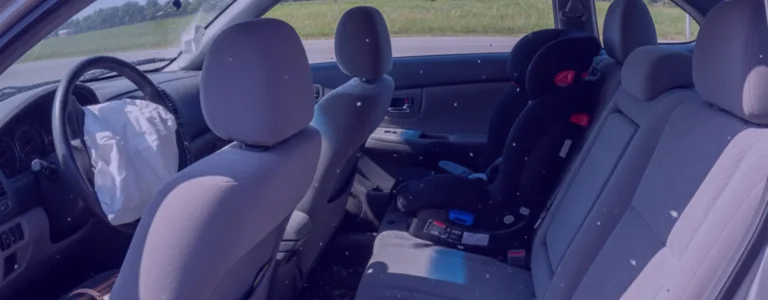Compensation for the Wrongful Death of a Loved One in California

You face a loss no family prepares for. California law gives you a civil path to hold the responsible person, company, or public agency accountable. You can claim money for the financial hole the death created, and for the human losses only your family can describe. I’ll show you what you can recover, who can file, and the deadlines that control your rights.
Do you need compassionate support and effective representation?
No fees until we win. Available 24/7.
What you can recover in a California wrongful death case
California lets you claim money that reflects your real-life losses. You focus on the story of your family, your support system, and the future you must rebuild. The law calls these “just” damages, and judges divide the award among family members if needed.
- Funeral and burial costs. Keep every receipt. Your records help you prove spending and avoid disputes later.
- The financial support the decedent would have provided. You can claim both past and future support, based on work history, benefits, and expected career path.
- The value of household services. Childcare, cooking, rides, elder care — you can claim the cost to replace them.
- Loss of love, companionship, comfort, care, assistance, protection, affection, society, and moral support. California allows these human losses even though no bill lists them.
In a related survival action, the estate can recover losses your loved one suffered between injury and death and — through January 1, 2026 — pain and suffering your loved one experienced before passing. If the facts justify it, the estate may also seek punitive damages.
Who can file, and how the court divides the money
California sets clear rules about who can bring a wrongful death case. You avoid delays when you identify the right people early and move together. The statute lists a surviving spouse, domestic partner, children, and other “heirs” (including certain dependent minors in the household) in a specific order.
If you and other eligible family members cannot agree on shares, the judge will divide the award.
Deadlines and special rules that decide your leverage
Deadlines shape case value. You keep control when you calendar these dates on day one and track every notice, letter, and denial.
- General deadline: You usually have two years from the date of death to file in court. Miss it, and you lose your claim. Get a quick overview here: California’s two-year deadline explained.
- Government defendants (cities, counties, schools, transit, jails): You must first file a government claim, typically within six months of the incident. If the agency denies your claim, you usually have six months from the denial mailing date to file suit.
- Medical malpractice (healthcare provider negligence): California’s timeline for medical malpractice requires filing by the earliest of one year after you discovered the injury or three years from the date of injury. California’s Medical Injury Compensation Reform Act caps non-economic damages in medical malpractice wrongful death at $600,000 in 2025, with increases scheduled over time.
If rideshare, DUI, or defective product issues sit at the center of your case, you can study the insurance layers, coverage triggers, and typical defenses in these resources: Uber/Lyft accidents, DUI accidents, and defective product claims.
Real-world signals you can use

Statistics and recent cases help you frame liability and foresee defenses. Use them to steer the investigation, not to replace your story.
- Road safety trends: California recorded 4,061 traffic deaths in 2023, down about 11% from 2022. Nationally, 2023 fatalities fell about 3.6%, and 2024 projections show another decline. Falling totals do not change your rights, but they influence how insurers value risk and how juries view preventability.
- Policy shifts matter too. In San Francisco, new automated speed cameras issued tens of thousands of tickets shortly after activation in 2024, showing stronger enforcement against dangerous driving — a factor you can connect to causation and deterrence.
- Government accountability: In Santa Clara County, a 2025 jail-death lawsuit highlights how deaths involving public agencies trigger the government claim process and strict timelines. Track every letter, date, and response.
If your loss involves walking or cycling, you can pull practical context, common crash patterns, and proof suggestions from this pedestrian accident guide.
Steps that strengthen your claim now
You build value with simple, steady actions. These steps help your lawyer prove damages and timing, and they translate across languages and literacy levels.
- Name a point person. Choose a family member to collect records, track deadlines, and speak with your legal team.
- Collect paperwork. Save pay stubs, tax returns, benefits statements, care schedules, and anything showing money or services your family lost.
- Document the human loss. Journal milestones missed, record stories from friends, and keep notes from therapists or faith leaders. These details help juries understand the person you lost.
- Avoid talking to insurance alone. Adjusters work for their company, not you.
- Calendar every deadline. Use phone reminders for claim forms and filing dates. If a public agency might be involved, treat the six-month claim date as urgent.
For Spanish- or Filipino-speaking families, or anyone who prefers help in plain language, California courts provide free self-help centers and interpreter resources. You can ask your local court about available services. Our multi-lingual team can also help.
Moving From Shock to Strategy
Grief takes the wheel at first; a clear plan gives you back control. Start with eligibility and deadlines, then build your damages story with receipts, records, and voices from your community. Use public data to set expectations, and use local resources when language or paperwork feels heavy. You honor your loved one when you turn memory into a focused, timely claim.
RTM Law Firm specializes in wrongful death claims in California and can help you and your family recover losses from the death of your loved one. Give us a call today for a free consultation.
Do you need compassionate support and effective representation?
No fees until we win. Available 24/7.




